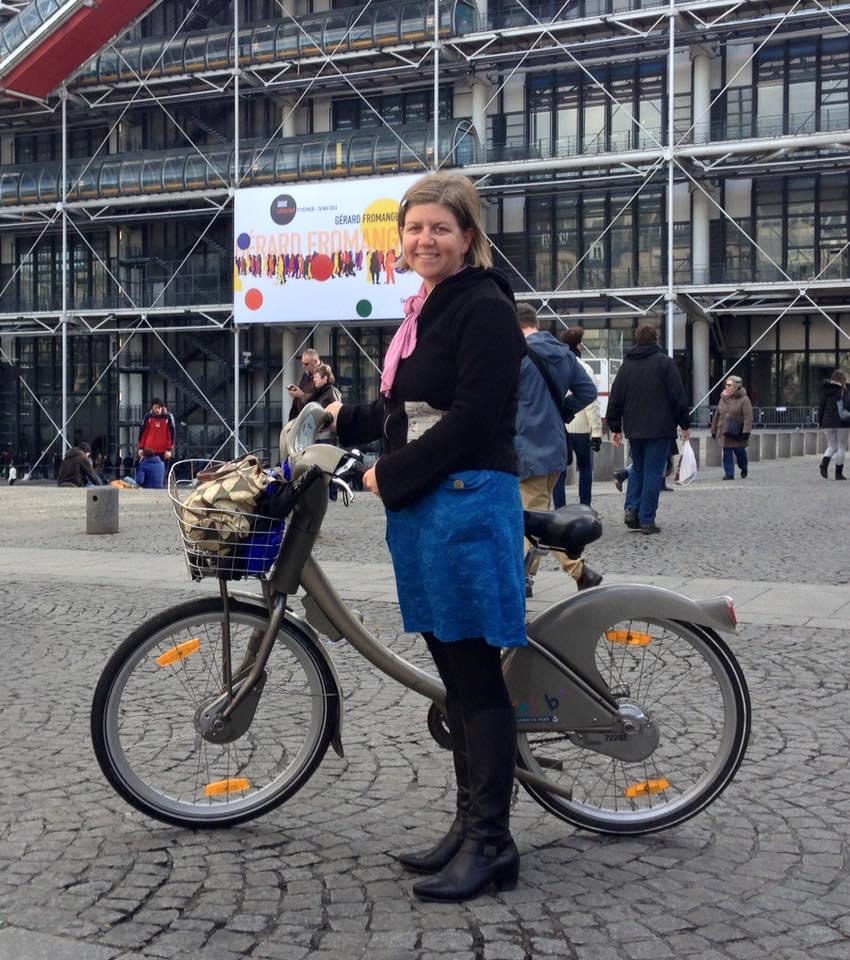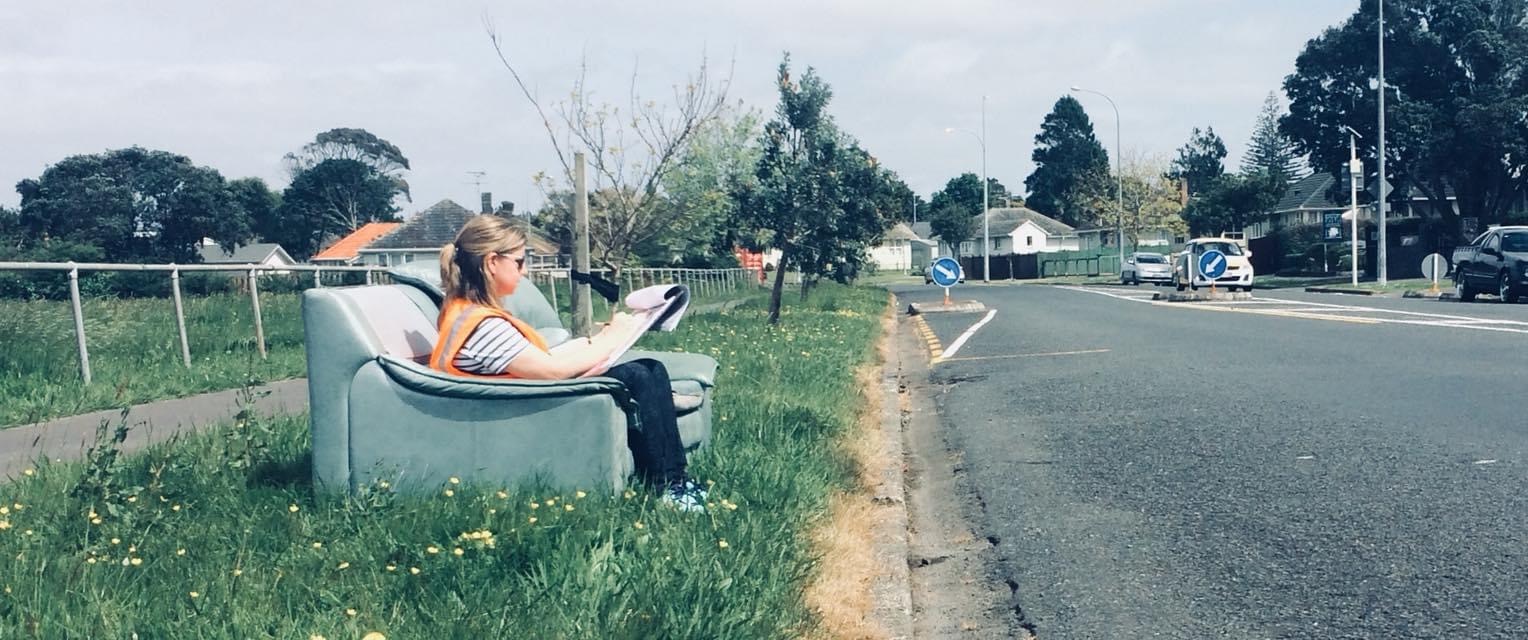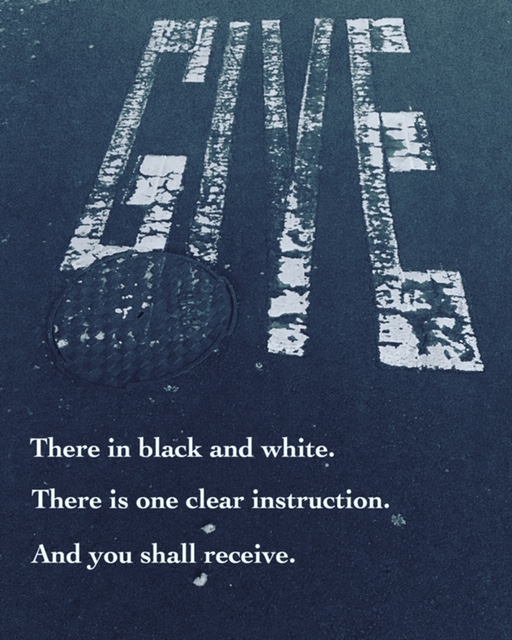
Bridget Burdett biking around Paris
Bridget, what are the barriers for people with disabilities entering our sector?
They are huge, and they go right back to education. The barriers are not necessarily at the consulting office end; they are right through society. People with disabilities are less likely to have training at every level right from early childhood. It is one thing to say our industry is endeavouring to be more inclusive and welcoming of people with disabilities. Still, if those people are not at our universities or training institutions, it is difficult to recruit them into our workforce. Access to facilities and infrastructure in the workplace is the easy bit. We can address that quite quickly as it’s obvious what is needed. The more significant challenge is trying to make the world inclusive. That will remove barriers that lead to people with disabilities not undertaking training or having the aspiration to work, in our case, as a professional engineer or consultant.
What should consulting firms be thinking about concerning people with disabilities?
I think there are two aspects to this.
One is to incorporate inclusiveness into everything we design because that will have a positive impact on the whole world. Design for the most vulnerable, and it will work for everyone, whatever their momentary capability or state. In all our planning, we need to consider who does society include and exclude, and how do we know that? The answer to this could be as simple as the industry increasing its engagement with the disability sector to determine whether what we are doing is inclusive. Without engagement with the disability sector, we are just assuming that our design standards are a) good enough and b) incorporated during the construction phase of a project. The latter is important because values of inclusiveness are often written out of the scope as they’re not considered essential, or their value is not as apparent as other design features.
The second thing consultants can do is look more broadly at who we are recruiting and who we need to bring in to help inform our project planning. People with disabilities can provide a unique insight into what infrastructure requires fixing and how we could go about doing that. I believe the creation of a more diverse profession is a better way of establishing a more inclusive world rather than trying to change the way we design things using universal criteria. It’s easier and more effective to bring in disability expertise during project planning rather than trying to train the whole workforce to deliver that themselves.

Bridget conducting an inclusive access audit in Auckland
Are we moving in the right direction as far as planning for people with disabilities is concerned?
We are still learning about how inclusiveness fits into the planning of our cities and towns.
I believe we have improved in the last year or two as there is a growing awareness in society for the need to be inclusive. I feel that the words “inclusive” and “inclusive access” are just starting to seep into our policies and vision. Ten years ago, those words were not there.
It’s a bit like ‘’safety’’ and ‘’environmental sustainability’’, which used to be fringe but are now mainstream; we are just beginning the journey on the inclusive aspects of design. It may be another 10 or 20 years before we have inclusiveness as a routine part of our planning.
A recent focus on well-being has helped a lot with inclusiveness as we are now asking the question “whose well-being are we talking about.” Transport planning has generally focused on the development of an efficient and safe transport system which continues to be the technical side of planning. Incorporating a well-being perspective allows us to include much softer and broader aspects into a project.
What do you think about the prospect of allowing cyclists to ride on footpaths?
I believe this is a massive issue for people with disabilities, and I submitted against the proposal.
The proposal threatens to work against people who are the most vulnerable and have the fewest choices.
In transport planning, there is a supposed hierarchy when it comes to considering different groups of users. The top priority is to consider the needs of pedestrians with disabilities, including the blind, deaf and those who use mobility aids. Following that, we consider other pedestrians and then cyclists because they are also vulnerable. I think the proposed law change is a bit of a cop-out as we should be developing streets that allow bikes, scooters, mobility scooters and e-scooters to be safe when mixing with traffic, or to have their own spaces.
A recent report stated that allowing cyclists to use footpaths would lead to one death and 17 serious injuries each year. Do you believe those statistics?
No, I don’t. We know there is a lot of hospital data that refutes the suggestion.
In transport planning, we generally use crash data to inform our decisions. This data is collected by the Police when they attend an incident. However, many people injure themselves in accidents on footpaths, but it’s not reported which means the data used to justify allowing bikes onto footpaths may not be entirely accurate.
Vulnerable people are less likely to go for a walk if there are more bikes and other devices (like e-scooters) on the footpath – that’s a bigger issue to me, and it’s not something we currently measure.
What needs to change in our city planning to make our streets safer for people with disabilities?
The most significant change to our planning protocol should be the way we engage with the disability sector. Due to the current level of engagement, we don’t have any way to prioritise planning decisions objectively. When we consider road safety in the planning stages of a project, we prioritise decisions based on crashes because we have access to comprehensive crash data for motor vehicles from all around the city. Using that data allows us to identify black spots, understand patterns and trends, and that information can help us prioritise road safety in a really objective way. It’s more challenging to undertake the same planning process for inclusive access as we don’t know whether vulnerable people have been included in our data. We just design something and hope that it is better than before. That’s why we need to be more proactive in engaging with groups who represent people with disabilities.
To improve our data collection based on inclusiveness, we need to focus on places with a high pedestrian count. For instance, it’s easy to go to a mall and count people who are using mobility aids. By doing those counts at several shopping malls, we can work out whether one mall is more accessible than another. A project in Hamilton showed people with disabilities were more likely to use a mall with an accessible bus stop and well-designed road crossings.
The more engagement we have with the disability sector, the easier it will be to identify urban planning priorities.
What led to your interest in disability and equity in engineering?
I was working on a pedestrian study for Hamilton and met Gerri Pomeroy. Now the national president of the Disabled Persons’ Assembly, Gerri, like myself, is a system thinker. I was struck by the lack of focus in transport planning, on transport for those who find it hardest to move. That gap seems so stark and urgent to me. It’s also a big gap, so there’s lots to do in engineering design and standards, but also in planning, priority-setting, policy, research, asset management, and monitoring. I focus on it because it’s really interesting to me as someone who’s drawn to complex problems.
Also, my siblings and I were raised to think of other people, especially those less fortunate than ourselves. A lot of transport engineering practice is about providing for the privileged. I find it incredibly rewarding to challenge that approach.
What do you like to do when you’re not working?
Outside of work, I enjoy bike riding, hiking and camping with my family. We travel a lot, especially to the South Island where I have family in Timaru.
I also love to write haiku and share them on Instagram @burdettbridget

A hikau Bridget wrote during the COVID-19 lockdown
